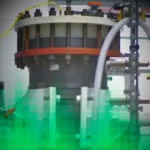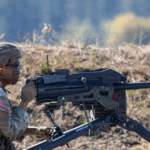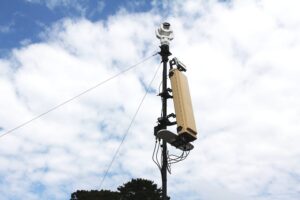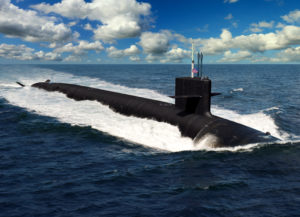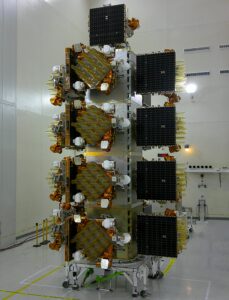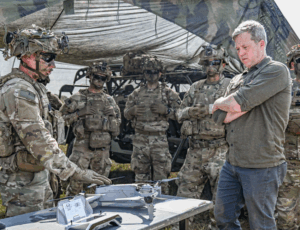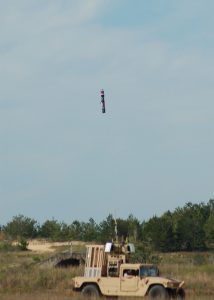
The Defense Advanced Research Projects Agency (DARPA) announced on June 7 that its Mobile Force Protection (MFP) program recently demonstrated a counter unmanned aircraft system (C-UAS) solution at Eglin Air Force Base in Florida that can target multiple drones with high levels of autonomy and no operator interference. The system, which has been in the works for four years, has a multi-layer defense architecture and was made to operate in populated areas with little collateral damage and target large numbers…

